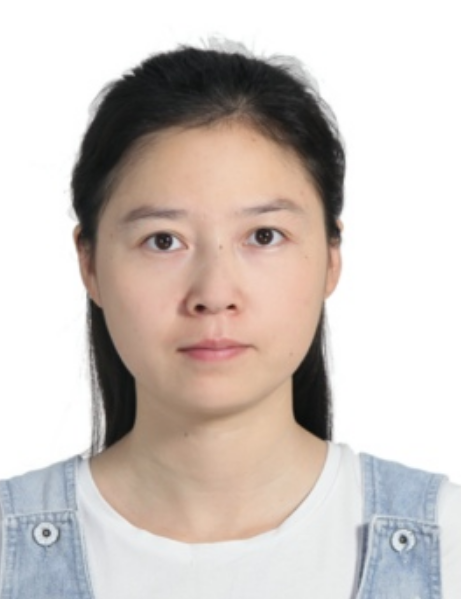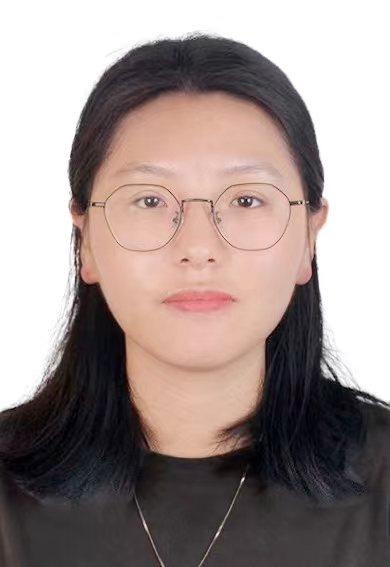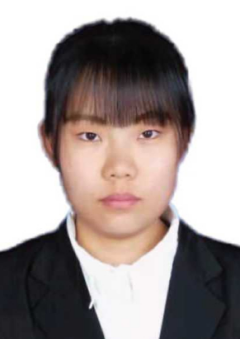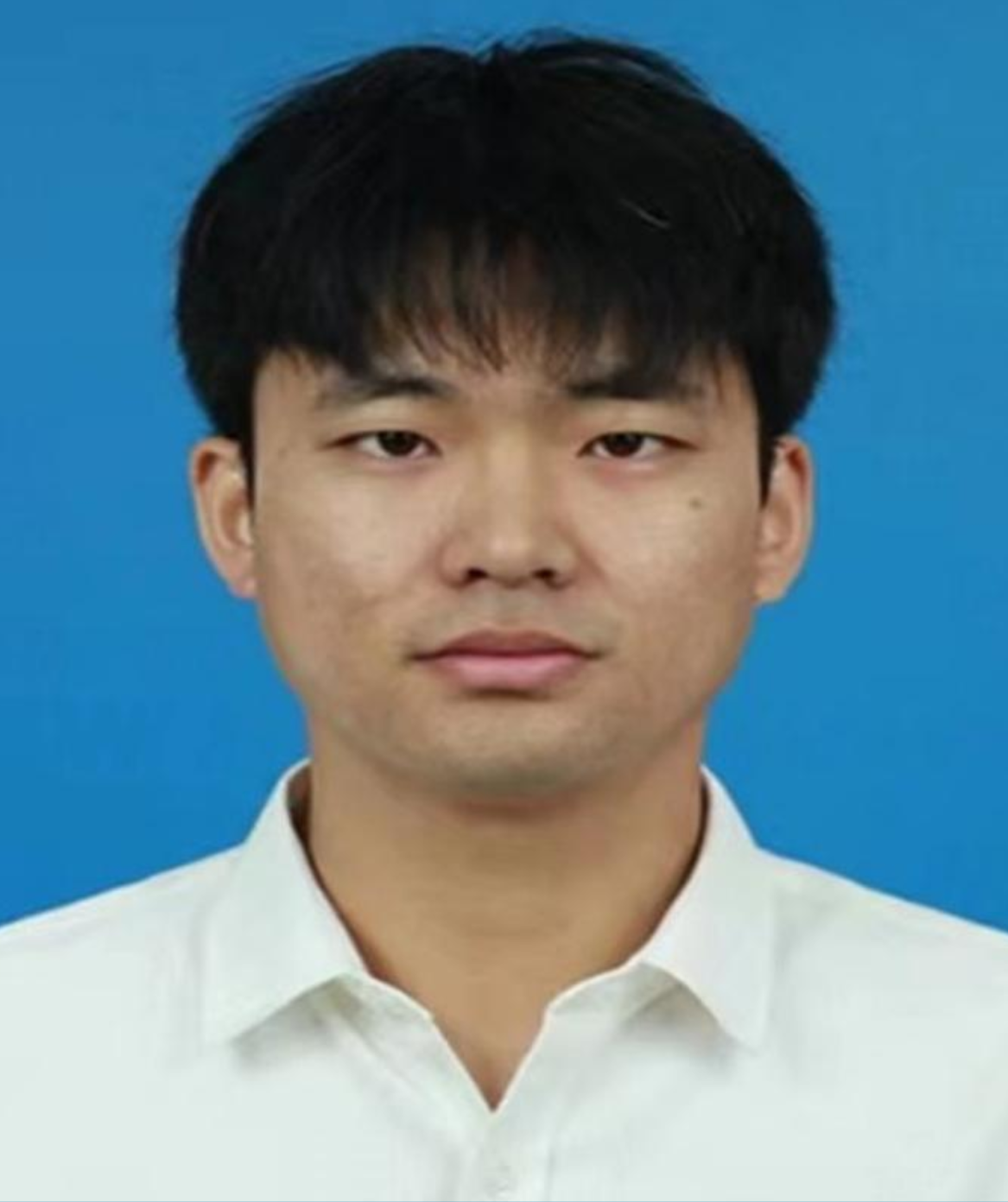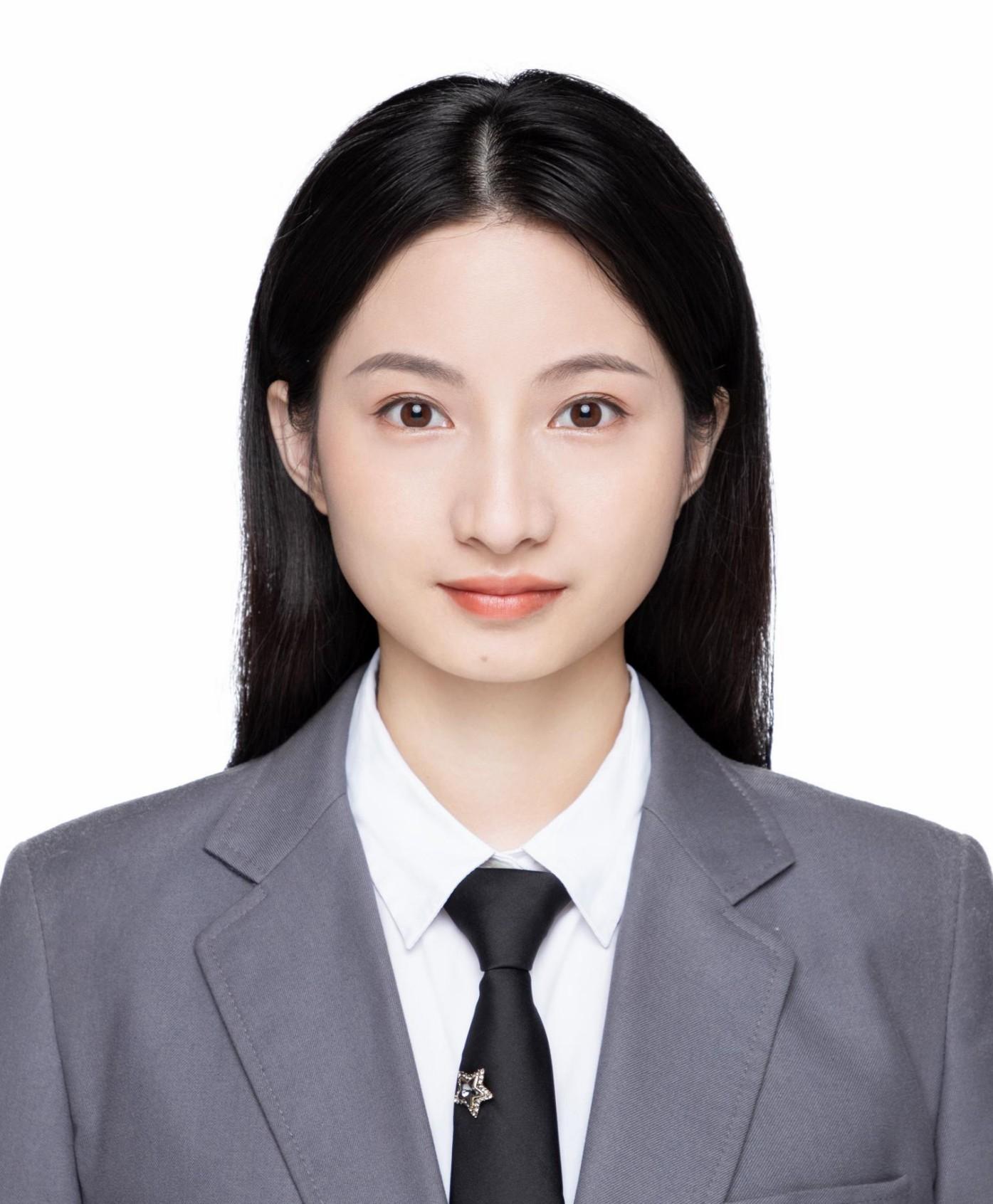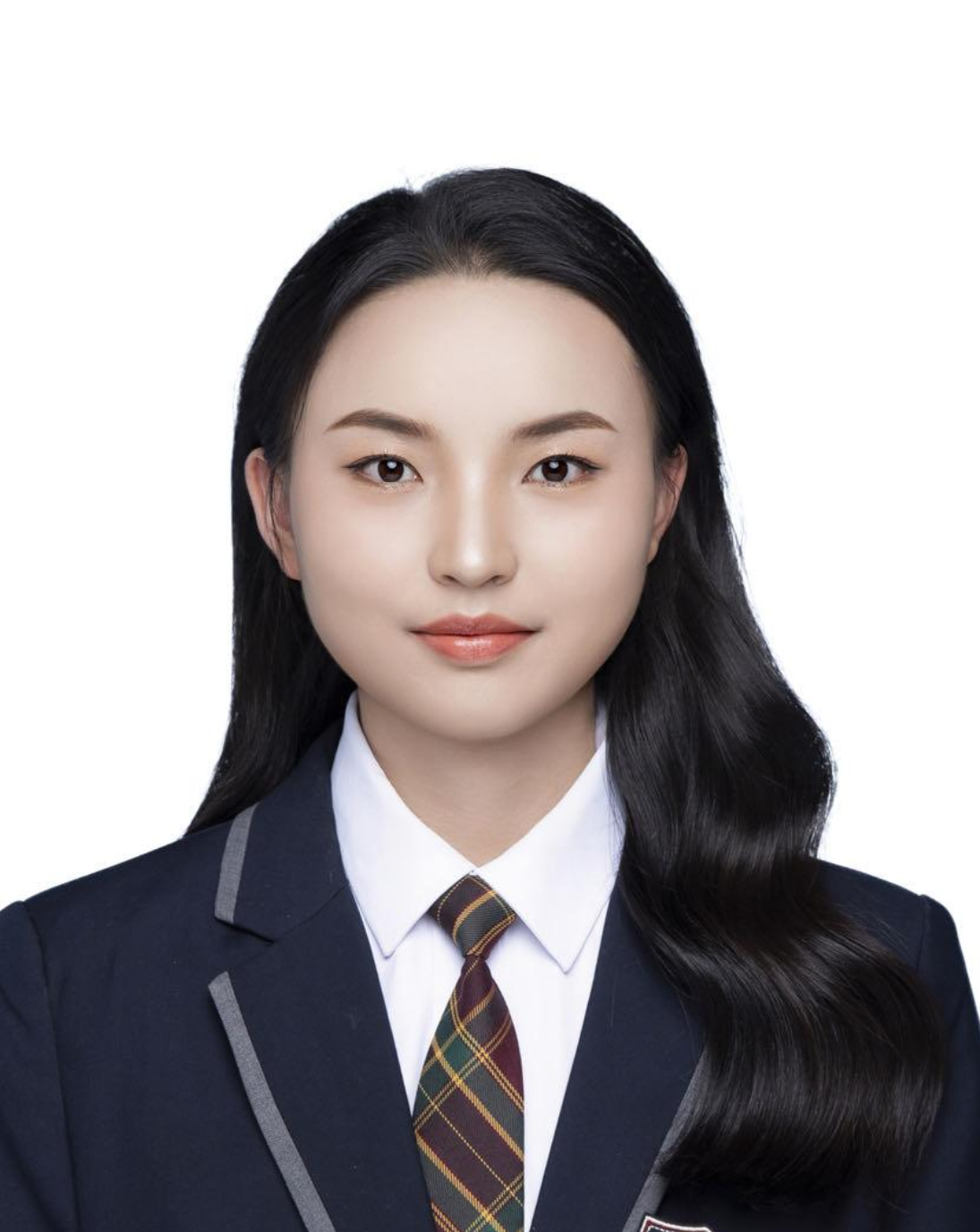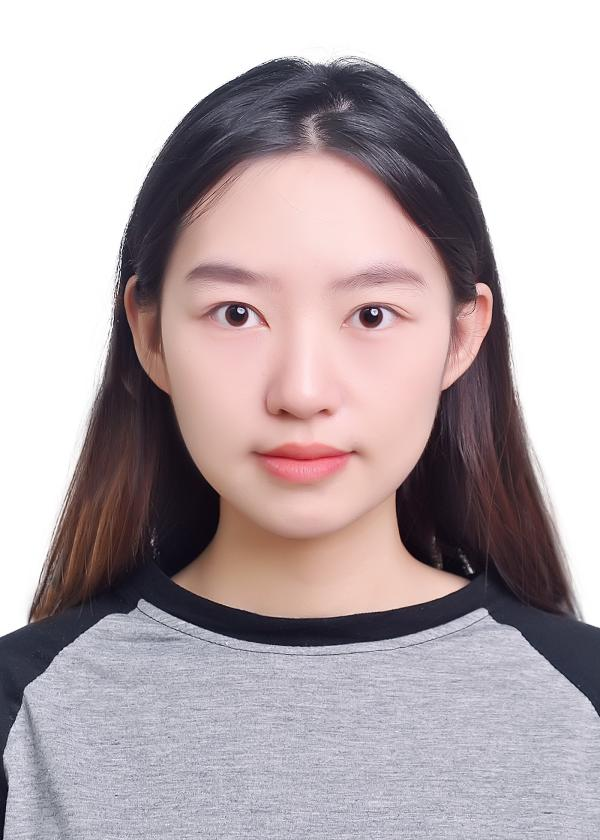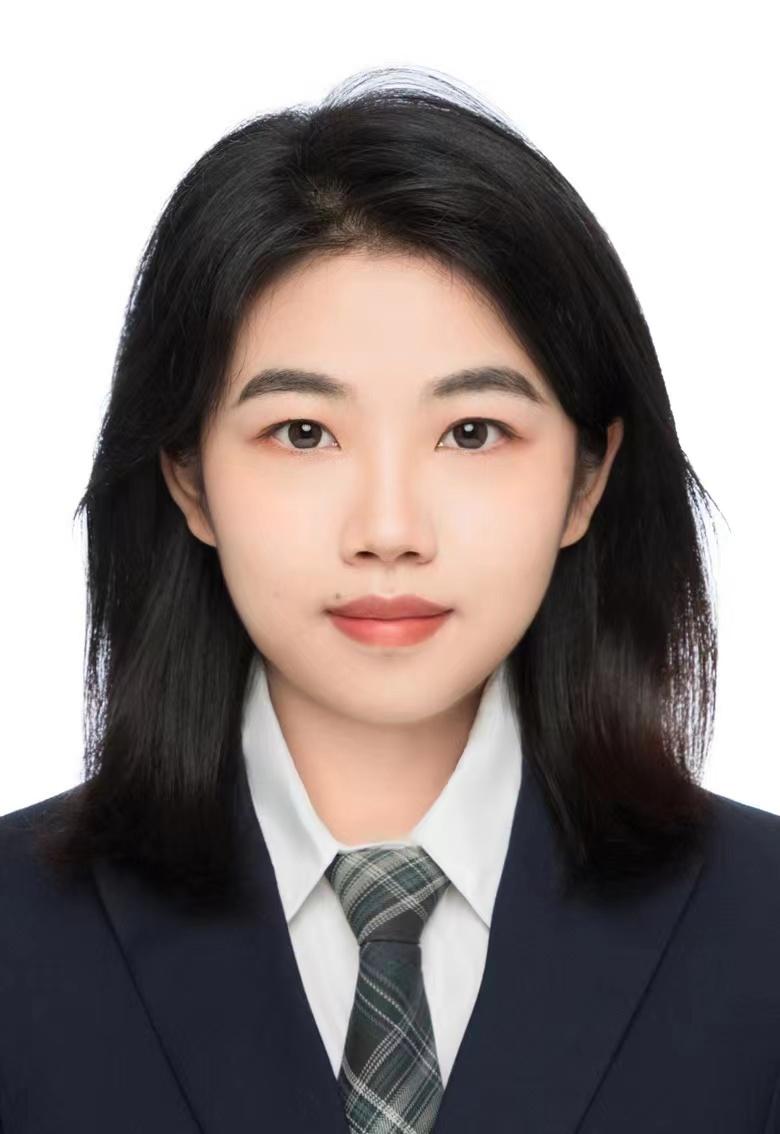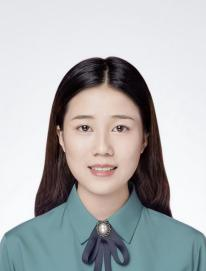
Di Mu
Ph.D., Principal Investigator, Doctoral Supervisor
Email: mudi@@gdiist.cn
Personal Profile
Dr. Di Mu received his B.S. from University of Science and Technology of China in August, 2012. He received his Ph.D. of Neuroscience from Institute of Neuroscience, Shanghai Institutes for Biological Sciences, Chinese Academy of Sciences in January, 2018. He worked as a principal investigator and was appointed as a doctoral supervisor at the Shanghai General Hospital, Shanghai Jiao Tong University School of Medicine from 2018-2022. In 2022, he joined Guangdong Institute of Intelligence Science and Technology as a Principal Investigator. He is Member of Youth Committee, Chinese Neuroscience Society Anesthesia and Brain Function Branch, and Member of Committee, Shanghai Society for Neuroscience, Pain Translational Research Branch.
Lab of Sensation and Affection Neural Network
The group is mainly engaged in the research of sensation and affection neural networks. Our previous studies have revealed that the parabrachial nucleus (PBN) is a key brain area for itch-scratching behaviors and we also established the behavioral paradigm of itch-induced aversion in mice. In recent years, we found that the PBN−paraventricular thalamus (PVT) projections modulate negative affections, such as anxiety and aversion. On the other hand, we found that the thalamic reticular nucleus (TRN)−ventrobasal thalamus (VB) is a critical inhibitory projection gating itch signal processing in thalamus.
The locus coeruleus (LC) is a crucial nucleus involved in analgesia. Previous studies have mainly focused on dissecting the descending mechanism of noradrenergic analgesic effects. However, the functional roles of ascending projections from LC in modulating pain signal processing remain largely unknown. Our current research focuses on deciphering the functional roles of LC−thalamus norepinephrine (NE) projection and LC-spinal NE projection in modulating sensation and affection.
Scratching is a complex motor behavior reflective of itch sensation. The current standard in the field for quantifying scratching behavior is to use video cameras to record and count mouse scratching bouts manually. Unfortunately, this method does not capture the complexity of the scratching behavior. Our current research focuses on analyzing detailed patterns of scratching behaviors induced by distinct pruritogens and deciphering the underlying mechanisms by using the magnetic induction method.
Representative publications
1. Mu D#, Deng J#, Liu K-F, Wu Z-Y, Shi Y-F, Guo W-M, Mao Q-Q, Liu X-J, Li H, Sun Y-G* (2017). A central neural circuit for itch sensation, Science, 357(6352):695-699. (# Co-first authors).
2. Zhu Y-B#, Wang Y#, Hua X-X#, Xu L, Liu M-Z, Zhang R, Liu P-F, Li J-B, Zhang L*, Mu D* (2022). PBN-PVT projections modulate negative affective states in mice. eLife, 11:e68372. (* Corresponding authors) (highlighted by eLife).
3. Mu D, Sun Y-G (2022). Circuit mechanisms of itch in the brain. Journal of Investigative Dermatology, 142(1):23-30.
4. Wang Y#, Xu L#, Liu M-Z#, Hu D-D, Fang F, Xu D-J, Zhang R, Hua X-X, Li J-B, Zhang L, Huang L-N*, Mu D* (2021). Norepinephrine modulates wakefulness via α1 adrenoceptors in paraventricular thalamic nucleus, iScience, 24(9):103015. (* Corresponding authors).
5. Liu P-F#, Wang Y#, Xu L#, Xiang A-F#, Liu M-Z, Zhu Y-B, Jia X, Zhang R, Li J-B, Zhang L*, Mu D* (2022). Modulation of itch and pain signals processing in ventrobasal thalamus by thalamic reticular nucleus, iScience, 25(1): 103625. (* Corresponding authors).
6. Xu L#, Liu M-Z#, Yang Y-Y#, Wang Y, Hua X-X, Du L-X, Zhu J-Y, Shen Y, Wang Y-Q, Zhang L, Mi W-L*, Mu D* (2022). Geraniol enhances inhibitory inputs to the paraventricular thalamic nucleus and induces sedation in mice. Phytomedicine, 98:153965. (* Corresponding authors).
7. Chen Z#, Lin M-T#, Zhan C, Zhong N-S, Mu D*, Lai K-F*, Liu M-Z* (2022). A descending pathway emanating from the periaqueductal gray mediates the development of cough-like hypersensitivity, iScience, 25(1): 103641. (* Corresponding authors).
